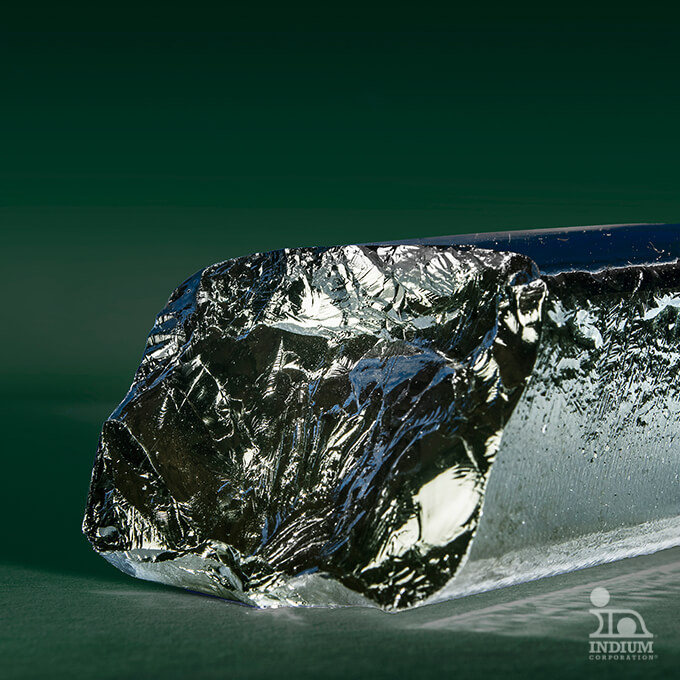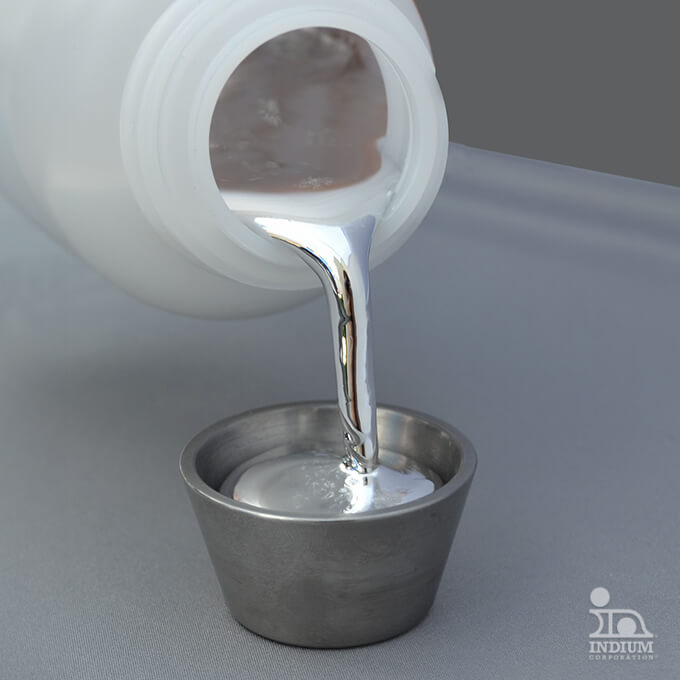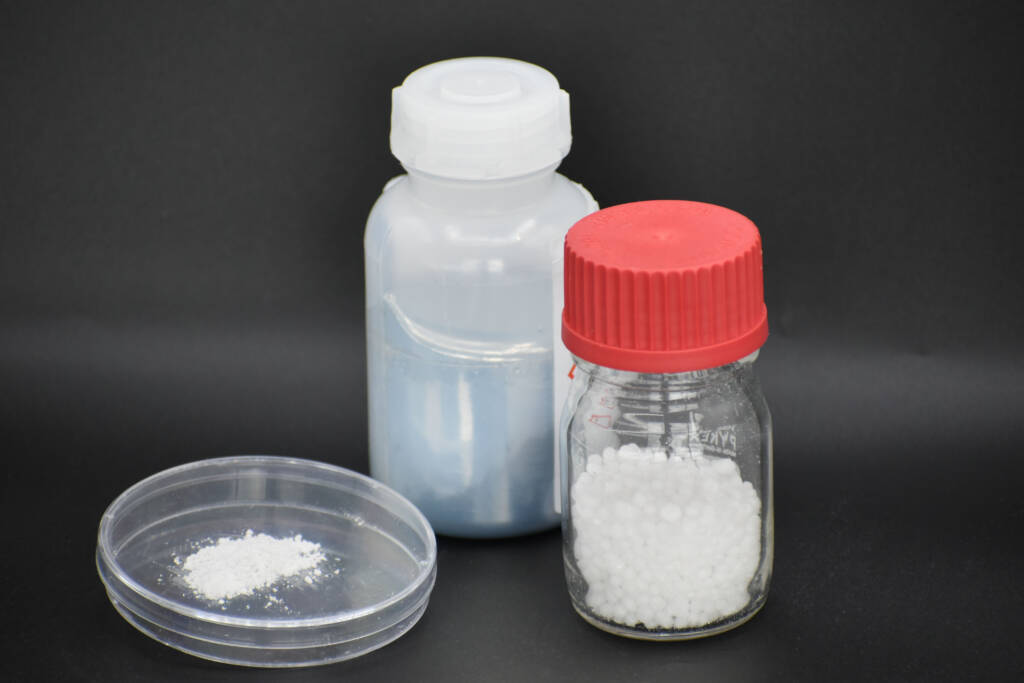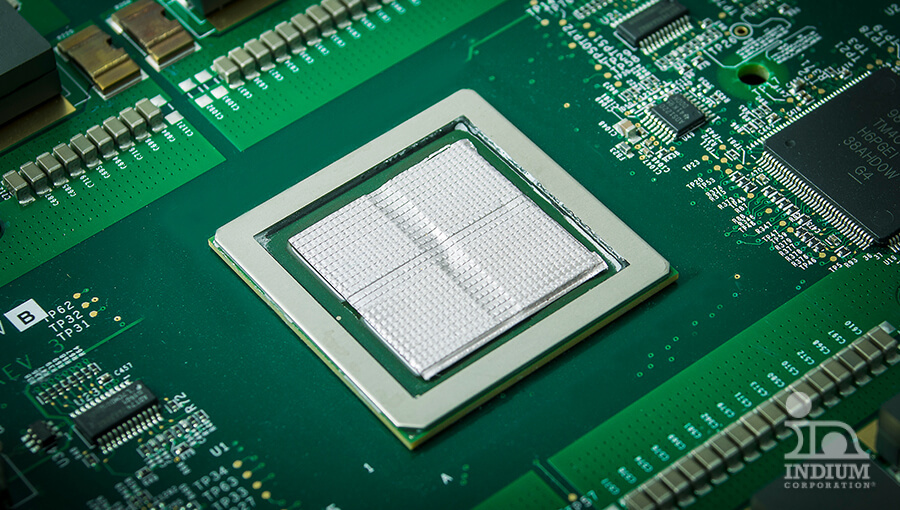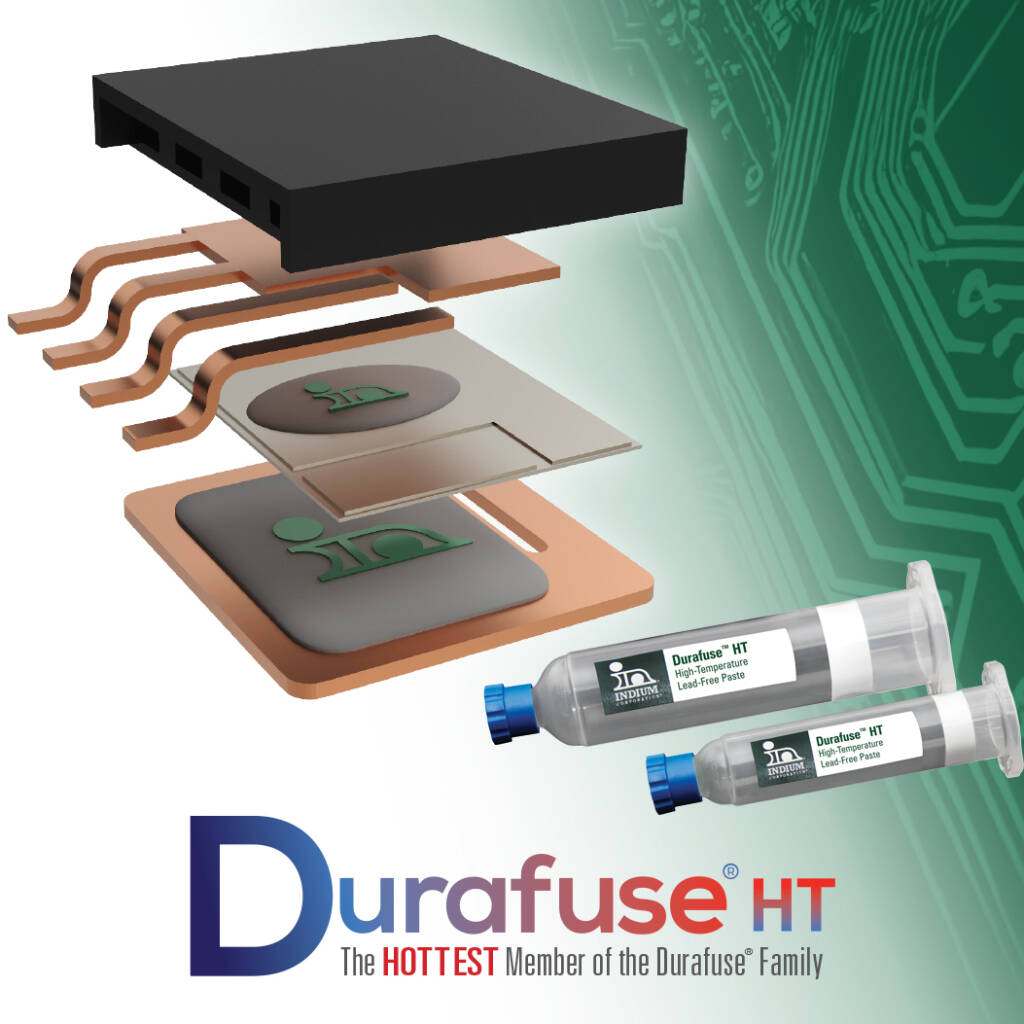Metals
Gallium
Gallium is a critical element found at the foundation of various technologies. Compound semiconductors based on gallium are ubiquitous in modern electronic devices. GaAs chips enable connectivity and enable cellular networks, navigation through GPS, WiFi, Bluetooth, and NIR (near-infrared) technology used for Face ID. GaN is key to handling power conversions in electric vehicles. The versatility of gallium goes further: generating light (LEDs, quantum dots) or electricity (CIGS solar cells), or its use as a dopant in silicon solar cells or high strength magnets. Specialized lithium batteries use a gallium electrolyte to function in high-temperatures.
Our gallium products support these technologies and include high-purity gallium metal, gallium alloys, and gallium compounds. We refine gallium into higher purity versions and reclaim gallium from industrial scrap. Gallium alloys – commonly known as liquid metals – consist of gallium, indium, and tin at various compositions.
Powered by Indium Corporation
- Variety of Forms
- Multiple Purity Grades
- Large Scale Supply
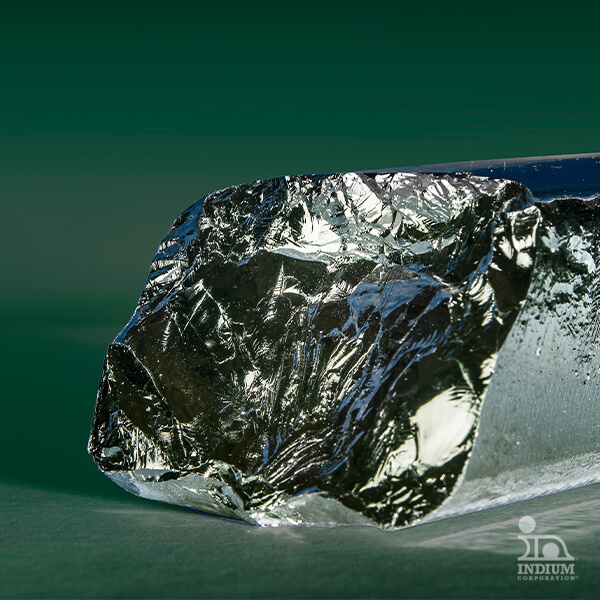
Product Overview
Round Shot or Formless
Gallium is offered as round shot or formless metal, since at room temperature, the metal is close to its melting point
Purity Grades
Purity grades available range from 4N to 6N.
Packaging
As gallium can corrode various metals, it is stored and transported in containers that meet regulatory safety standards.
Liquid Metal
Gallium (liquid metal) alloys combine gallium with indium and tin. These alloys are liquid at room temperature.
Features
| Product Category | Indium Corporation Products |
|---|---|
| Gallium Metal | Ga shot, formless metal, 4-6N |
| Gallium Alloys | GaIn, GaInSn – various compositions |
| Gallium Compounds | Gallium trichloride, EZ-Pour® Gallium oxide |
Related Applications
Gallium metal is suitable for a variety of applications.
Related Markets
Gallium metal is a common product used in many industry markets.
Looking for Safety Data Sheets?
Access everything you need — from technical specifications to application guidance — in one convenient location.

Your Success
is Our Goal
Optimize your processes with the latest materials, technology, and expert application support. It all starts by connecting with our team.

